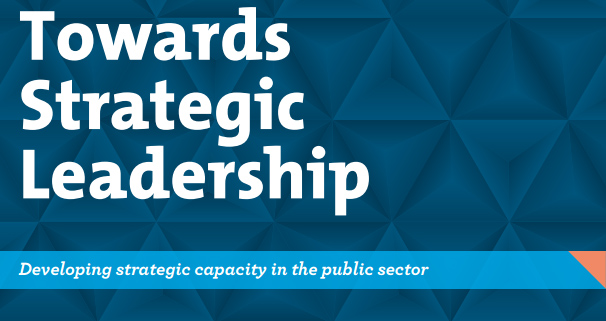
With a Royal Commission about to report in Victoria; a second Australian of the Year in a row listing family violence as a priority topic; a Family Violence Index on the cards; a new national evidence-based framework for prevention with bipartisan support; and significant commitment at the political level in both countries, family violence has never been more topical for Australian and New Zealand public servants.
The complexity of both the problem and the response make family violence an ideal area for public sector professional development training. Late last year, 40 senior public managers participated in a ‘live case study’ on Consolidating Victoria’s Family Violence Response System as part of ANZSOG’s Towards Strategic Leadership program. This exercise was led by former Victoria Police Assistant Commissioner Leigh Gassner.
Kick-started by a written case study looking at reforms to the system over the past 15 years, the live case had participants travelling across Melbourne to speak to 18 expert contributors,* including a survivor of family violence. Their task was to bring together all this information and frame the ‘adaptive challenge’ back to these and other key stakeholders in a meaningful way.
ANZSOG Research Fellow Sophie Yates observed the process and put together a thematic paper capturing some of the key insights that came through the consultations and stakeholder presentations.
Putting the family at the centre is crucial but is not a key facet of the current response system, despite individual workers’ efforts at bending the rules to increase client focus. We expect families to fit into the service system, and not the other way around. The response focus tends to be on the primary presenting issue, rather than underlying issues the affect the family as a whole. Further, the system takes an episodic rather than lifecycle approach, missing important windows for effective early intervention. Better ‘safe at home’ strategies are needed to minimise the significant disruption and post-separation violence that often occurs when the survivors and children are the ones who leave.
Participants identified prevention as being an important but neglected facet of addressing family violence in Victoria (and indeed worldwide). And they were clear that as family violence is “fundamentally driven by gender inequality”, prevention efforts go well beyond respectful relationships programs and the flawed narrative of “real men don’t hit women”. They encompass reducing women’s economic inequality; increasing access to childcare; paying attention to intersecting factors such as disability, sexuality and race; and addressing the gendered division of labour. And they must begin early, in places where people “live, work, learn and play”.
An effective system cannot operate without education and training for non-core family violence workers. School teachers, GPs, vets, hairdressers, housing workers and many others are regularly exposed to pieces of the puzzle, but don’t currently have the tools to identify the problem and respond appropriately. A tool like Victoria’s Common Risk Assessment Framework could be further extended to allied professionals. In particular, court interpreters, magistrates and other legal professionals require training in the dynamics of family violence to avoid putting survivors (usually women) and children at further risk.
Finally, governance challenges include strong leadership at the government and agency executive levels that can be relied on by the sector; and a commitment to system stewardship that goes beyond the life of a government or chief executive tenure. Co-design, working across boundaries, building the evidence base, standardising language and definitions, and giving up turf are all important for the family violence system to function as well as possible for vulnerable Victorians.
This was a profound experience for many of our Towards Strategic Leadership participants, and some felt a new responsibility to make change happen in this area:
“Once you’ve looked at family violence you can’t turn away, and I think that’s probably something we’re all going to carry with us now throughout our careers.”
* Contributors included representatives from Victoria Police, Our Watch, Women’s Legal Service Victoria, Domestic Violence Victoria, the Magistrates’ Court of Victoria, women’s refuges, men’s behaviour change programs, and an Integrated Family Violence Committee.
